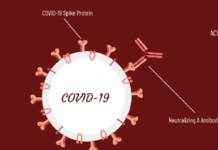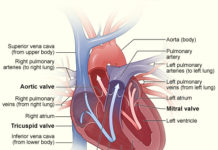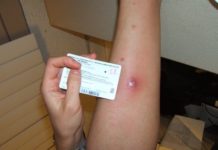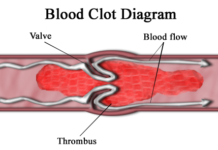by Jonathan Pham and Justin Nguyen; Farnsley Middle School (Louisville, KY)
Teacher: Marsha Buerger
Tony Pham—Jonathan Pham’s father—was diagnosed with Type 2 Diabetes in July of 2015, when he was 43 years old. Diabetes no longer allowed Tony Pham to eat most of his favorite foods.
“It really stinks that I cannot eat my favorite foods anymore, but I know that if I keep my diet up it will allow me to get better sooner.” Pham also added, “I feel normal, but not better or worse than before.”
Now, in current research, it appears that if Pham had been exercising, he may not have gotten diabetes.
Research published in October, 2016, by the researchers at the University College of London (UCL) has found that physical activity can cut your risk of getting diabetes.
“Some is good, more is better: Regular exercise can cut your diabetes risk” found on the UCL website, ”Walking briskly or cycling for the recommended 150 minutes
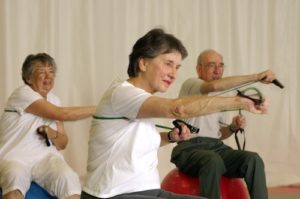
a week can reduce a person’s risk of developing type 2 diabetes by up to 26%.”
The research, published in the journal called Diabetologia, is an extensive study looking at only the effects of exercise on diabetes, not including diet or other things that can affect a person’s chance of gaining Type 2 Diabetes. The researchers analyzed information from over a million people, which included numerous studies conducted in places, such as the USA, Australia, Europe, and Asia.
“The results of this data suggest that physical activity has a large potential to slow down or even reverse the progression of Type 2 Diabetes,” says Andrea Smith with the UCL Health Behavior Research Centre and the person who led the study, which was directed cooperatively with Cambridge University in the UK.
In an email to SciJourner, she says that, “Current public health guidelines recommend that healthy adults exercises for about 150 minutes per week for optimal health maintenance. However, research suggests that even more risk reductions can be achieved if an individual exercises more than the recommendation.”
Diabetes is a harmful disease that has many effects on the body. The National Institute of Diabetes, Digestive, and Kidney Disease (NIDDK) states that insulin, a hormone made from the pancreas, helps glucose from food get into your cells to be used for energy. In diabetes, your body does not make enough (or any) insulin or does not use insulin well. When your body does not make enough, it is called Type 1 diabetes. When your body does not efficiently use it, it is called Type 2 Diabetes.
According to the Centers for Disease Control and Prevention (CDC), 29 million Americans are diagnosed with diabetes in general, and 95% of those 29 million are diagnosed with Type 2 Diabetes, which is 27.5 million Americans suffering Type 2 Diabetes.
According to the Mayo Clinic, symptoms of Type 2 diabetes are weight loss, fatigue, blurred vision, frequent infections/slow-healing sores, frequent urination, and increased hunger and thirst.
According to the NIDDK, causes of Type 2 Diabetes is mainly from insulin resistance. Insulin resistance is when the muscles, fat, and liver cells in the body do not respond properly to insulin and thus cannot easily absorb glucose from the bloodstream. It is not known why it happens, but genetics and environmental factors, such as excess weight and inactivity, seem to be contributing factors.
There is no complete cure for either types of diabetes, but there are medications that can help people function like normal.
“Physical activity may even reverse this progression. However, once type 2 diabetes has been fully diagnosed, [reversing Type 2 Diabetes] is usually no longer possible and blood glucose management should be prioritized (with the help of insulin, medication and diet.),” writes Smith.
Pham also uses medication and physical activity now to help his diabetes. He normally plays basketball for an hour and a half to exercise.
“If people get type 2 diabetes, they need to watch what they eat and have to exercise a lot,” he states. “You cannot treat yourself by not doing both.”

This work is licensed under a Creative Commons Attribution-NonCommercial-NoDerivs 3.0 Unported License


